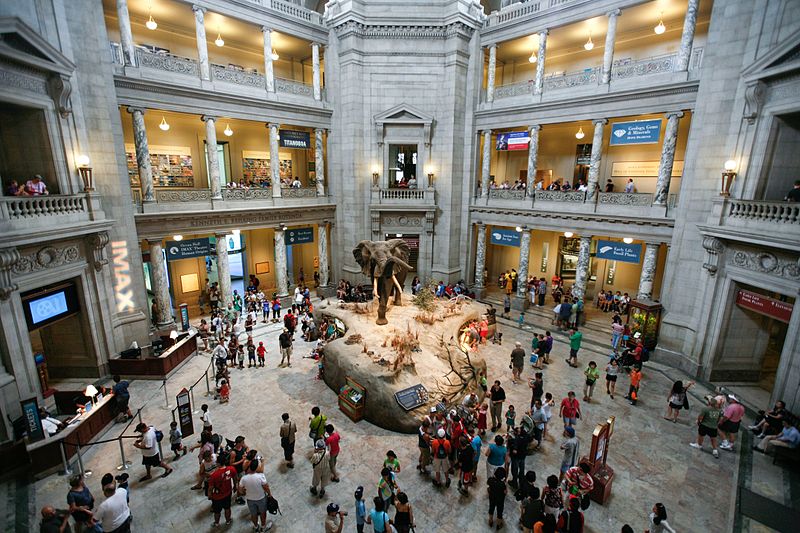
Standing on the National Mall with the striking, African-inspired architecture of the Smithsonian’s National Museum of African American History and Culture behind him, Ernest — a lifelong
Washington, D.C. resident — shared his concerns about President Donald Trump’s latest executive order.
To Ernest, a local vendor who preferred not to share his last name, the order felt like an attack on the very principle of American diversity.
“We are a diverse country — made of all races, all cultures — and they’re trying to take it away,” he said.
Trump’s directive, issued Thursday, has sparked widespread discussion across the country. Historians, everyday citizens, and political leaders are all weighing in on what it means to be patriotic and how the nation should approach its complex history.
The order specifically targets the Smithsonian Institution — home to 21 museums and the National Zoo — calling for the removal of what Trump labeled “improper ideology.” Vice President JD Vance, a member of the Smithsonian’s 17-member Board of Regents, was tasked with overseeing the removal of certain exhibits and monuments. The goal, according to the order, is to eliminate “divisive narratives that distort our shared history.”
One such exhibit singled out by the order is the Smithsonian American Art Museum’s The Shape of Power: Stories of Race and American Sculpture, which, as described by the museum, explores how sculpture has historically reflected and influenced racial perceptions in the U.S.
The National Museum of African American History and Culture was also criticized for allegedly portraying American and Western culture in a negative light.
As of Friday, Smithsonian representatives and board members from both political parties had not issued public responses.
Cindy Werner, a Republican and state director of the Frederick Douglass Foundation in Wisconsin, welcomed the order. She argued it would expand, not restrict, the telling of American stories.
“This will allow more focus on what unites us,” she said, “and showcase what makes our country great.”
The executive order closely mirrors the ideology of Project 2025, a conservative policy playbook released before Trump’s return to office. The document, authored by right-wing strategists—some of whom now hold key positions in the administration—frames today’s cultural and political landscape as a clash between “woke revolutionaries” and defenders of the American founding ideals.
As the debate unfolds, Trump’s order has become a flashpoint in a broader cultural struggle over how the nation tells its story—and who gets to tell it. Photo by Alex Proimos from Sydney, Australia, Wikimedia commons.